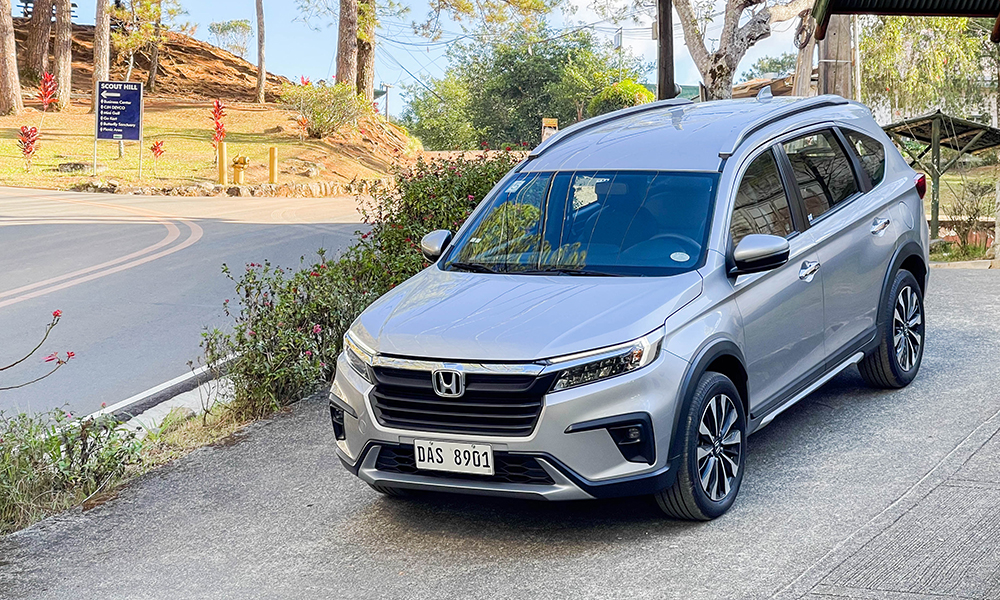
Here in our country, the litmus test for any car worth its salt is a trip up to the mountain city of Baguio. With its steep climbs and sharp descents, an outing to the City of Pines can be extremely tough on cars. This is especially so with compact, small-displacement automobiles like the new Honda BR-V.
It’s fitting then that Honda Cars Philippines decided to invite us on a road trip to the summer capital of the Philippines in order to prove the all-new BR-V’s mettle. So, how did it fare?
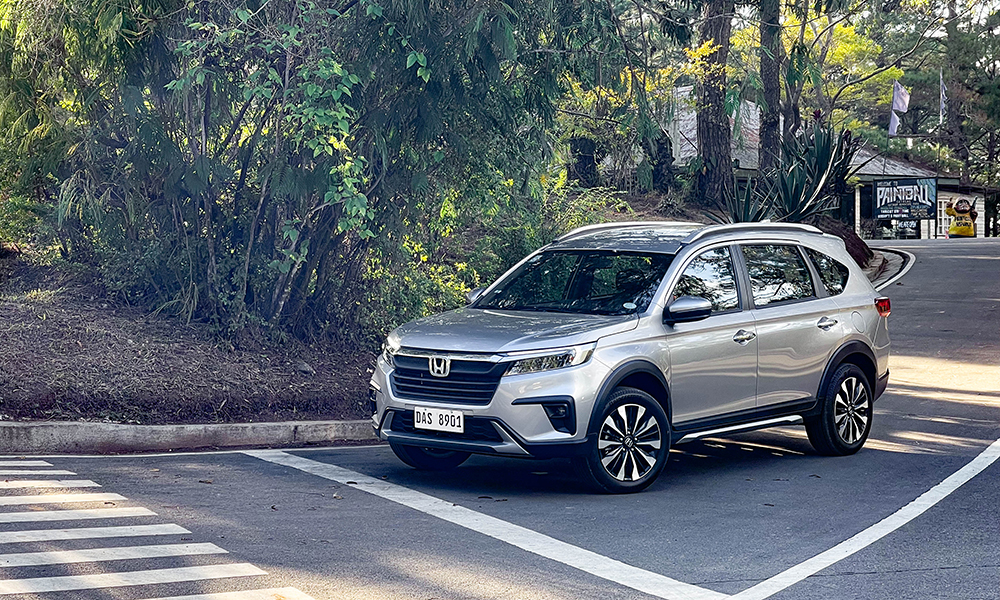
Our two-day excursion began with a short briefing. I, along with three other members of the motoring beat, was entrusted with a V variant for the drive to Baguio.
We took off at 7am on a Monday morning, straight into the heavy rush-hour traffic of the Ortigas CBD. On paper, the BR-V has grown significantly across all dimensions compared to the previous model, yet retains its maneuverability within the city. The steering is perfectly light, and its modest dimensions make it a breeze to operate in tight spaces.
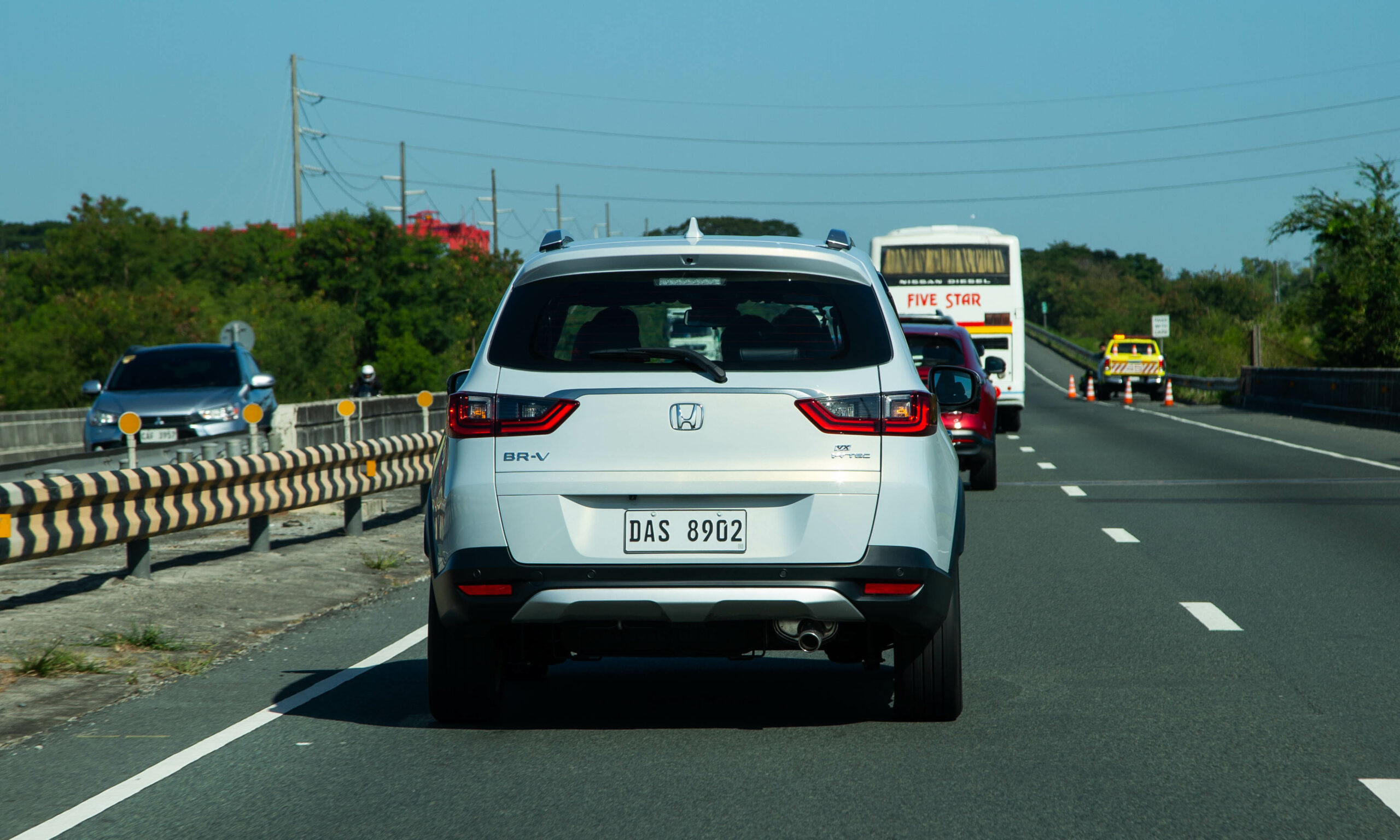
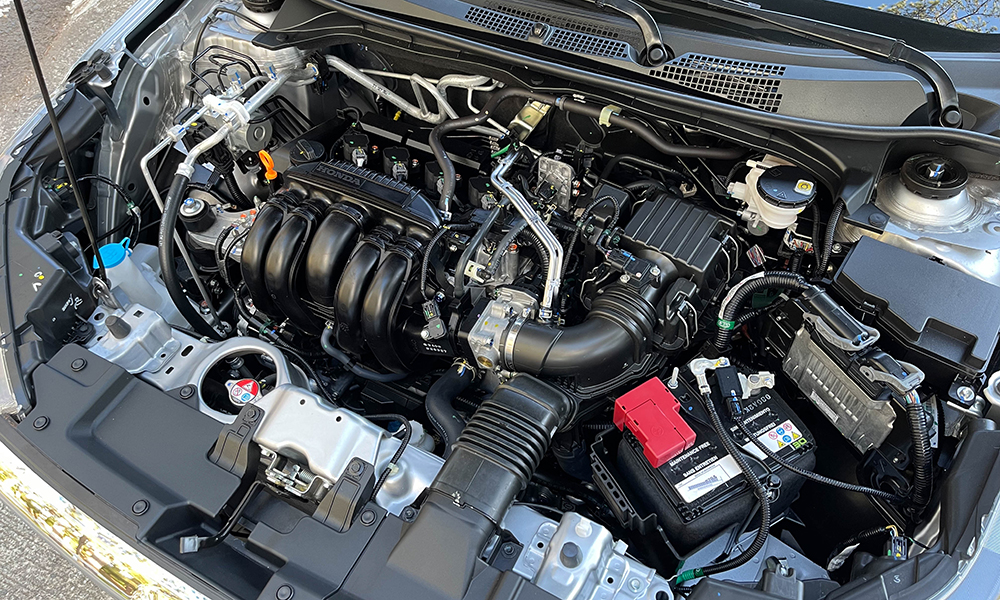
The BR-V is powered by a 1.5-liter DOHC in-line-four mated to either a CVT or a six-speed manual transmission. With 121hp and 145Nm on tap, it has sufficient strength to pull its own weight. However, in typical Honda fashion, peak power and torque come in late in the rev range at 6,600rpm and 4,300rpm, respectively. As a result, the BR-V requires its driver to wring the engine out in order to maximize acceleration.
On the long stretches of NLEX, SCTEX, and TPLEX, it can cruise quite comfortably at 100km/h. To get there, though, you really have to make the engine sing all the way to redline.
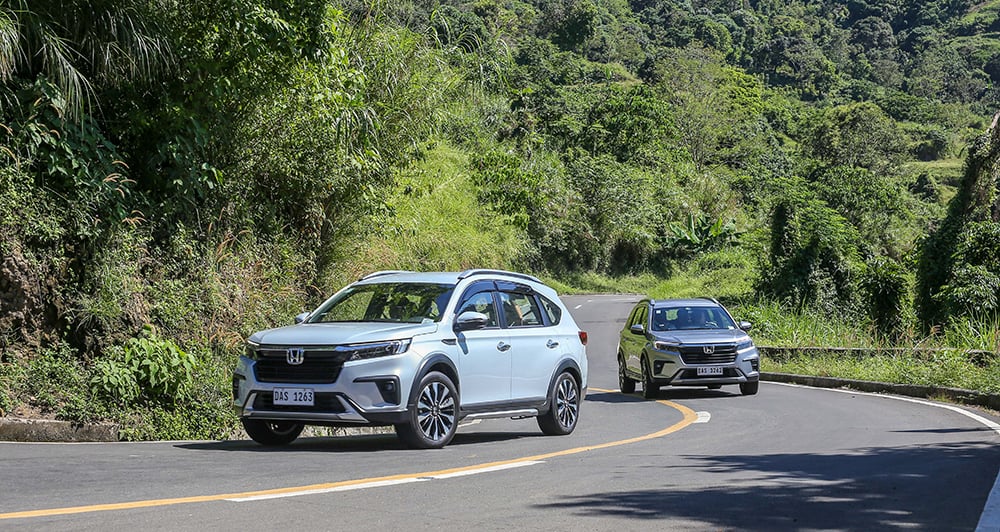
Instead of taking the typical routes, the organizers decided to take the long way up to Baguio’s city proper, opting to drive through the twisty Asin Road.
On this rural two-lane climb, momentum conservation is the name of the game. Once you fail to do so, you will have to start from zero and floor the thing to get back up to speed. Tight overtakes are a little difficult since the car is not exactly capable of providing quick bursts of acceleration. You have to be looking very far ahead, building or maintaining momentum long before you need it. The engine isn’t labored or strained while doing so—it’s just the natural consequence of keeping the power way up on the top shelf.
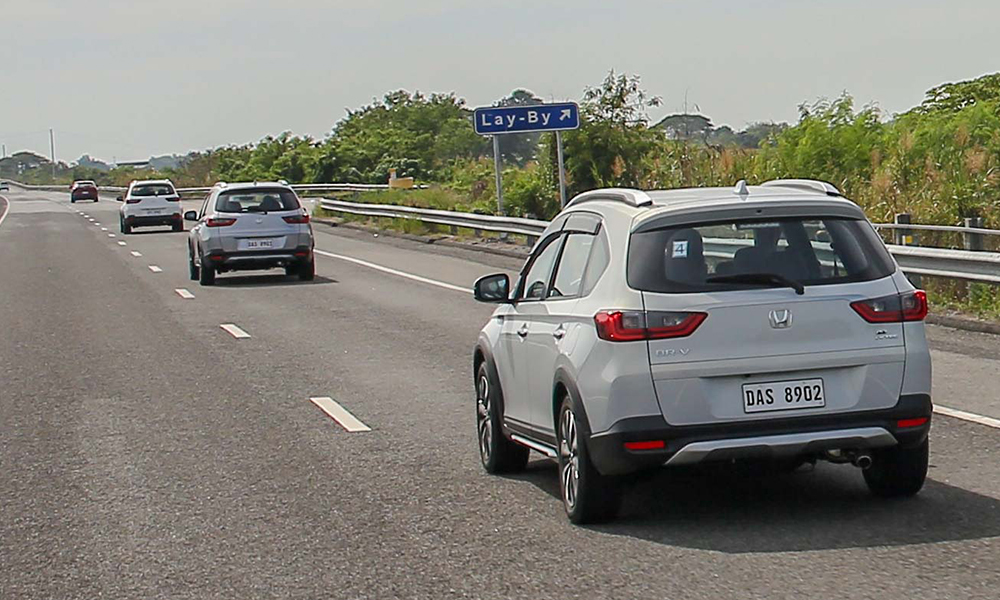
The next day, we were slated to drive back to Manila at 9am. Fortunately, the cars were reshuffled and we got to try the full-fat VX model complete with all the bells and whistles. We descended via Kennon Road, and the VX variant’s paddle shifters were a godsend for this leg of the trip where engine braking was an absolute necessity.
Every pull of the left paddle would provide ample engine braking, aiding the brakes in slowing the car down on the steep downhill sections. The climb would probably have been easier, too, with the simulated gears keeping the revs at the optimal range.
Also included in the range-topping variant is Honda Sensing—a collection of driver aids that include adaptive cruise control, collision mitigation braking system, lane-keep assist system, road departure mitigation, lead car departure warning system, and automatic high beams.
Long trips on the highway are really where these aids shine. There isn’t much to say about the system given that it works superbly well. It can catch you in tricky situations, and rarely needs human intervention when activated.
Unfortunately, I wasn’t able to try it in the city to find out if it could crawl in traffic like Subaru’s EyeSight. Also, one thing I would love to see added to the package to make it more relevant in urban settings is an automatic brake hold system.
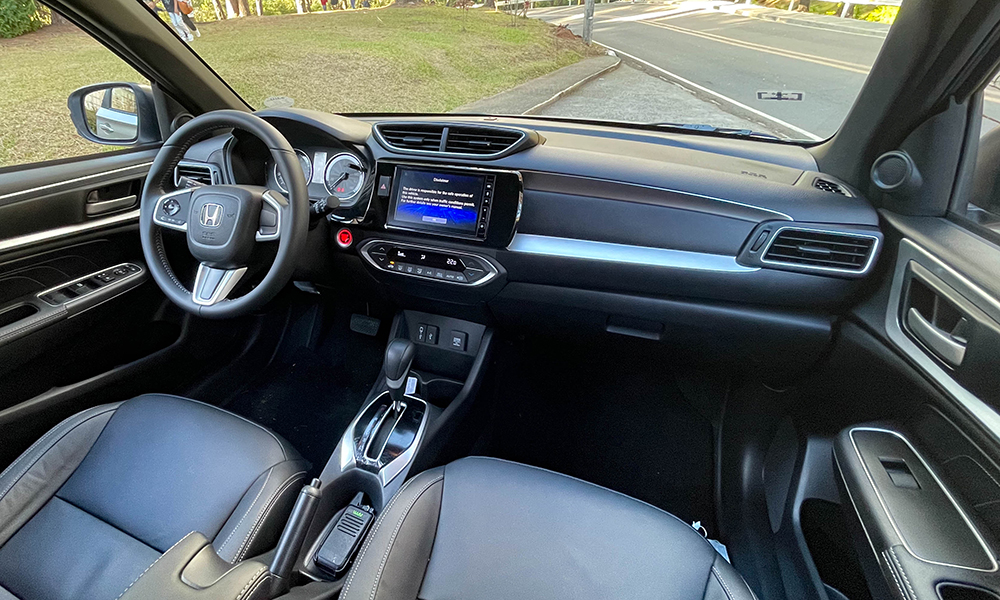
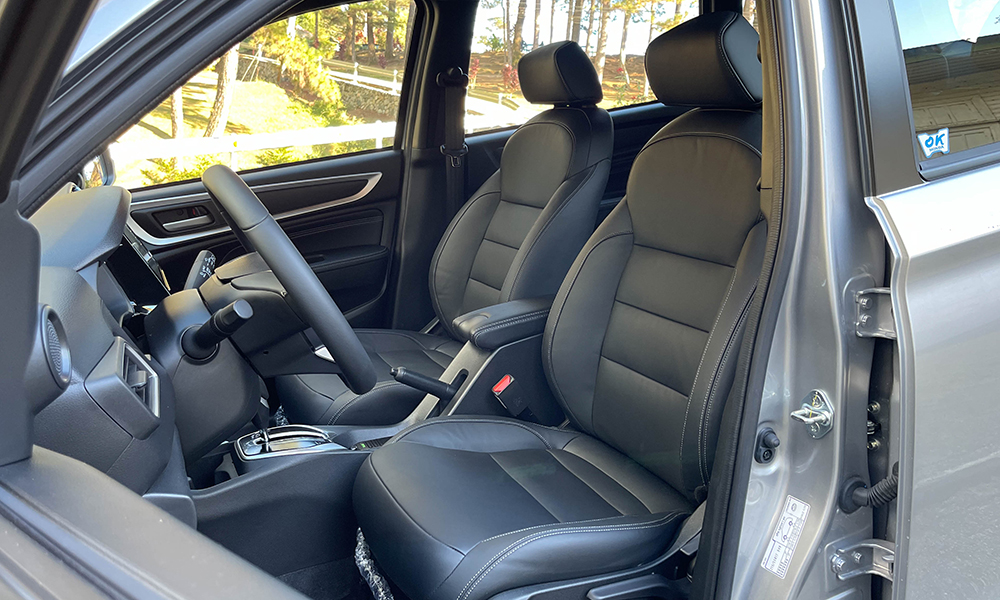
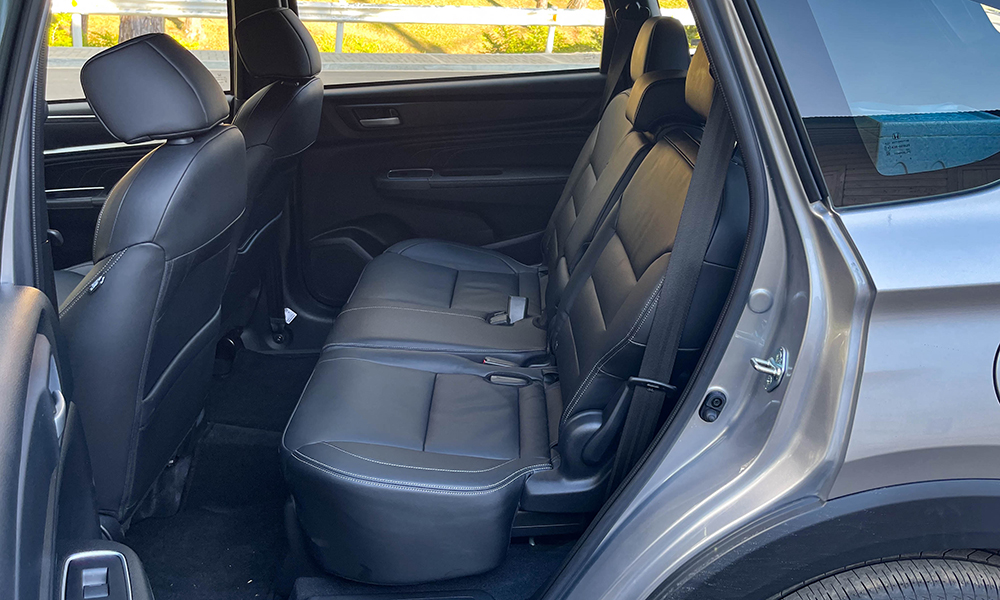
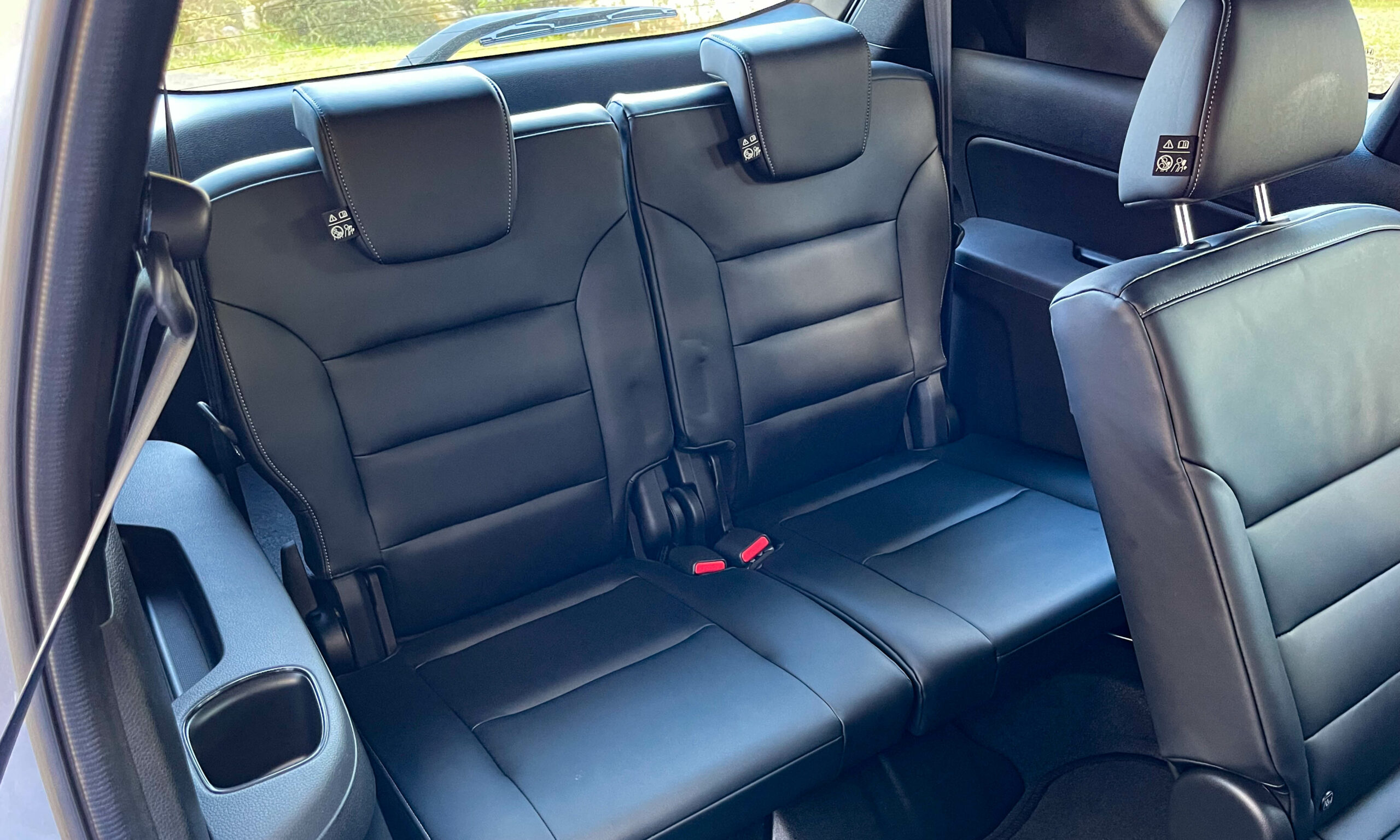
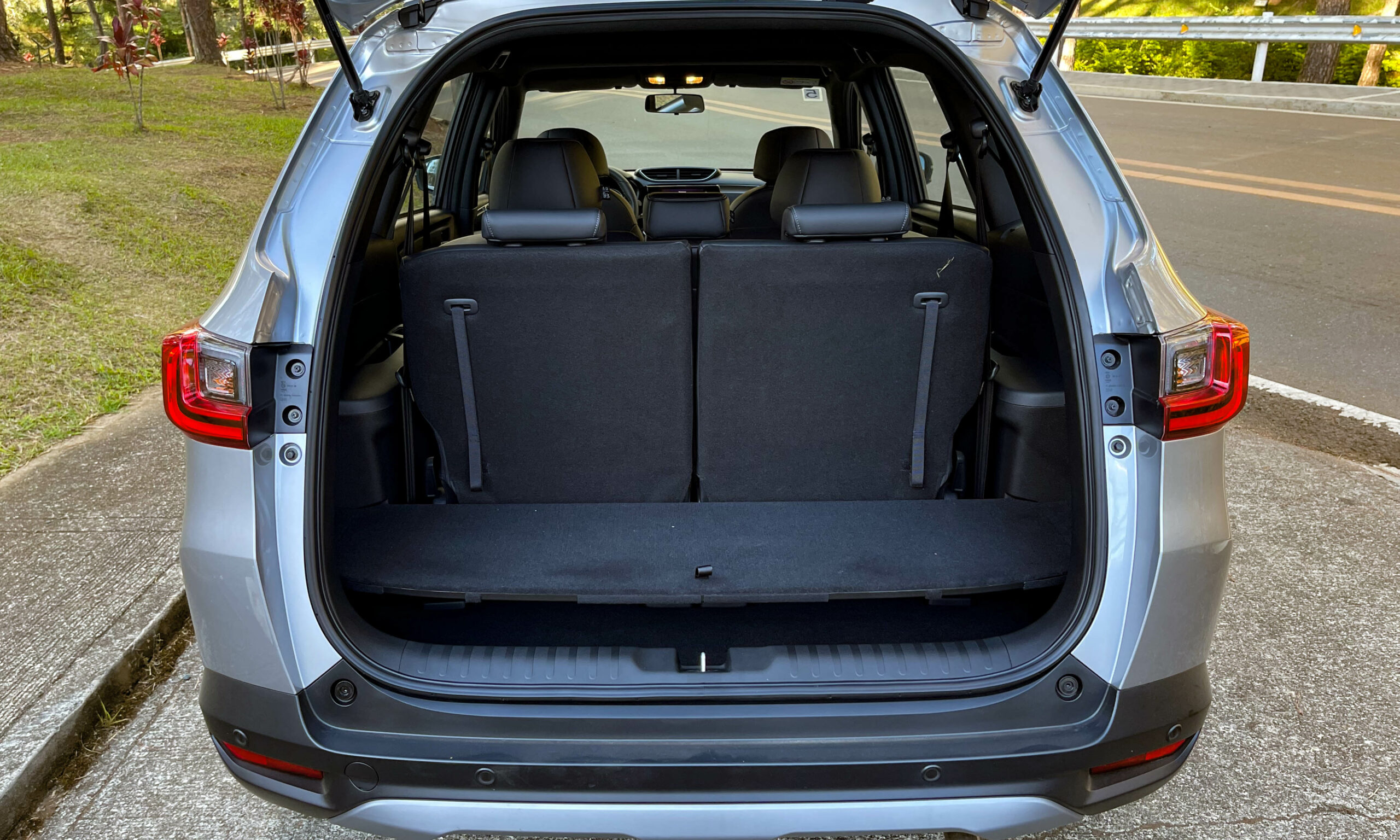
As the BR-V is now a derivative of the Honda City’s platform (as the first gen was derived from the Brio), the interior space isn’t very generous. With four adult males packing an overnight bag, a camera bag, and a built-in bag in the belly each, the BR-V was already pretty full. Headroom is abundant, but sadly the legroom leaves much to be desired.
The second row is barely wide enough for three adults, let alone three adults of my size. With the third row in use, there might not be enough cargo space for seven people’s personal effects.
As for suspension and handling, ride comfort is decent up front but quite bouncy in the rear. I reckon this would be negated if all seven seats were occupied. Also, I would have preferred if the steering was more weighted on center at highway speeds.
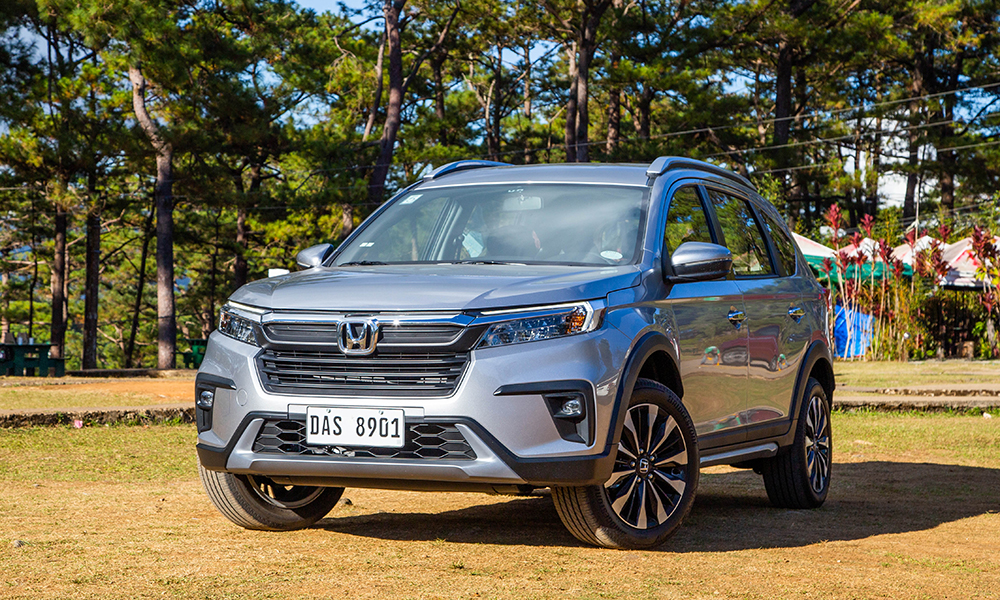
All in all, given the segment it competes in, the Honda BR-V offers style and sophistication in spades. Ample power, reasonable comfort, and superb Honda quality will definitely make it a compelling option for those in the market for a subcompact SUV.


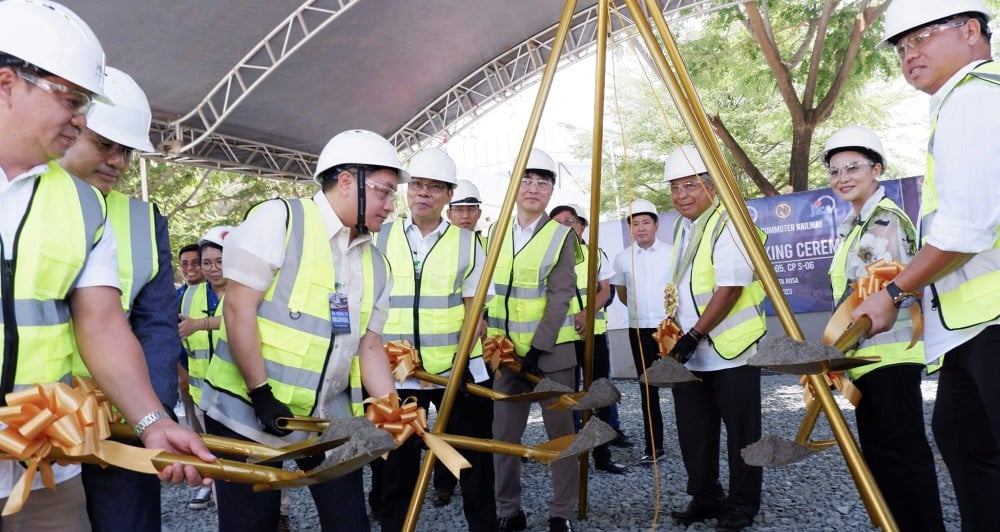
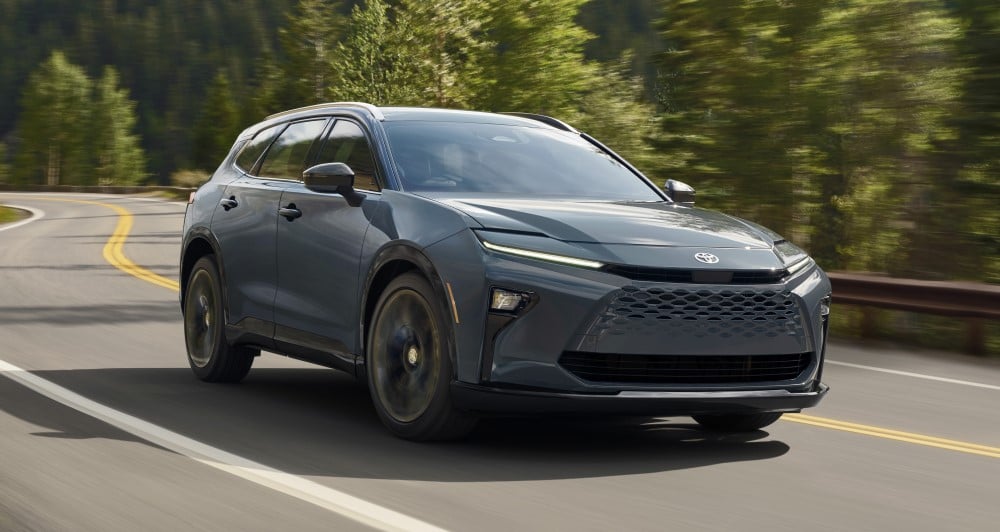

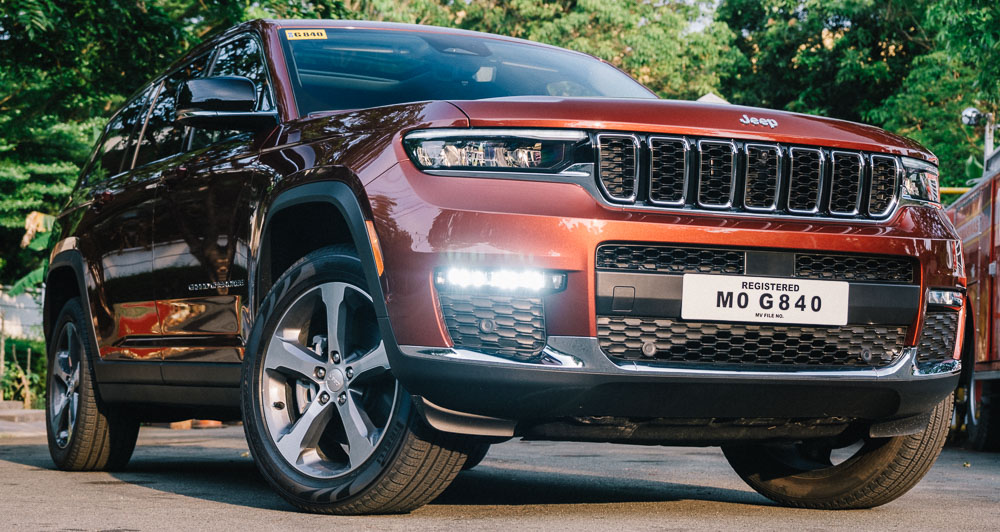
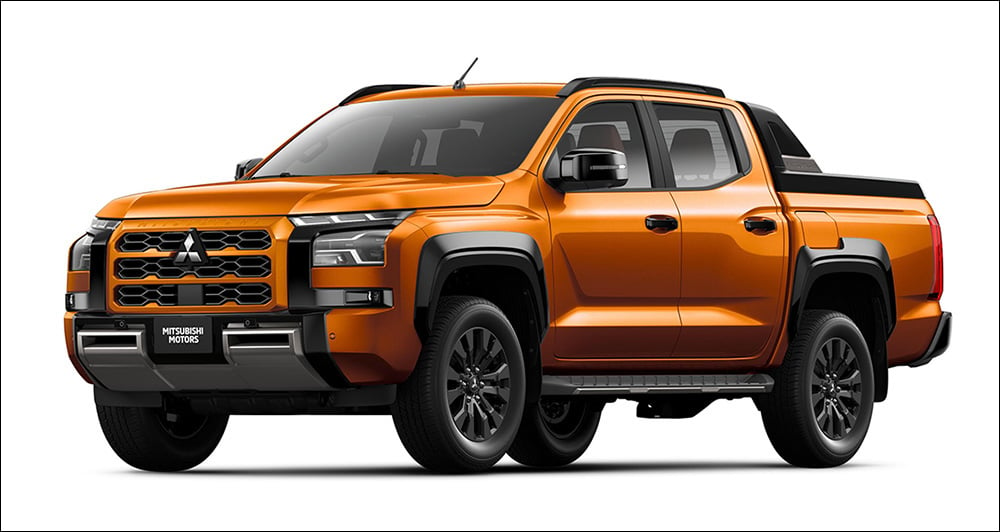
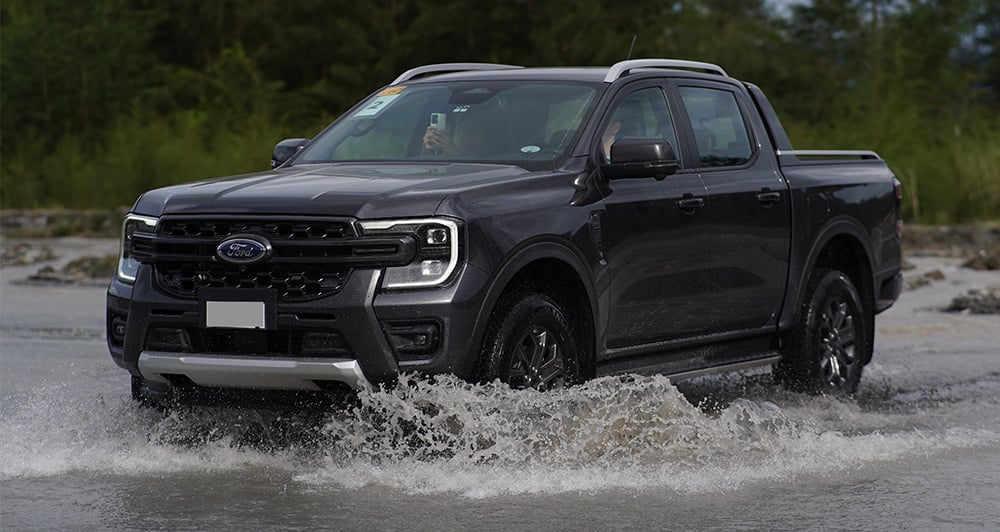

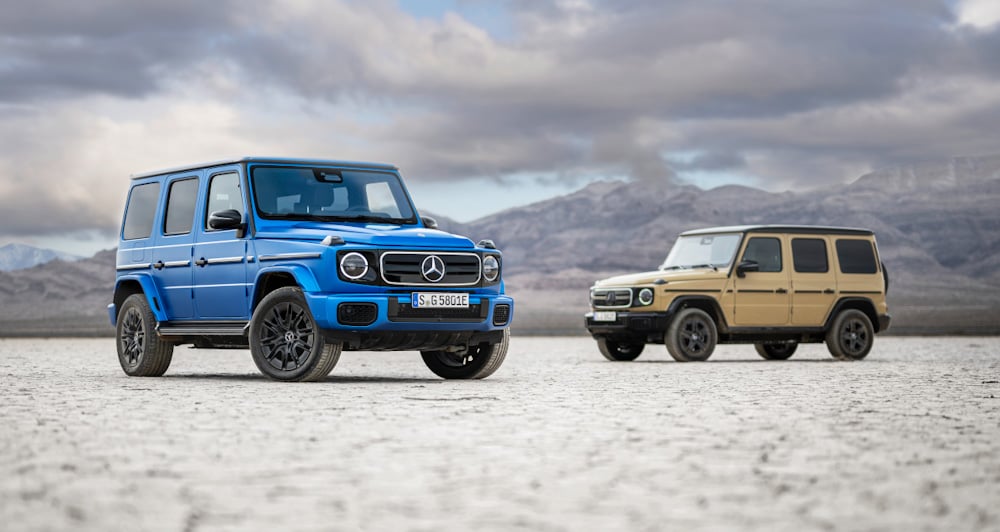
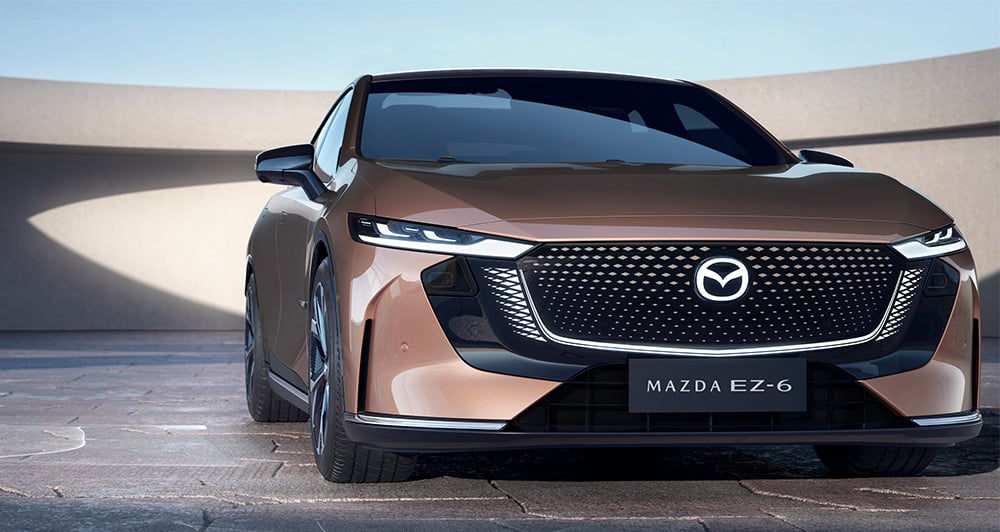
Comments